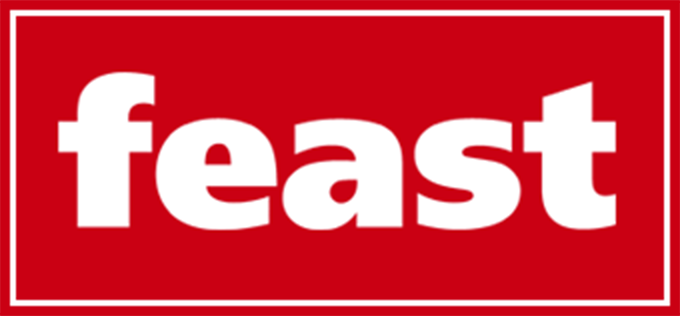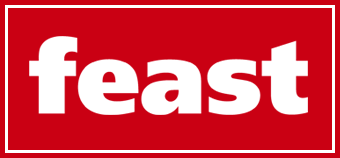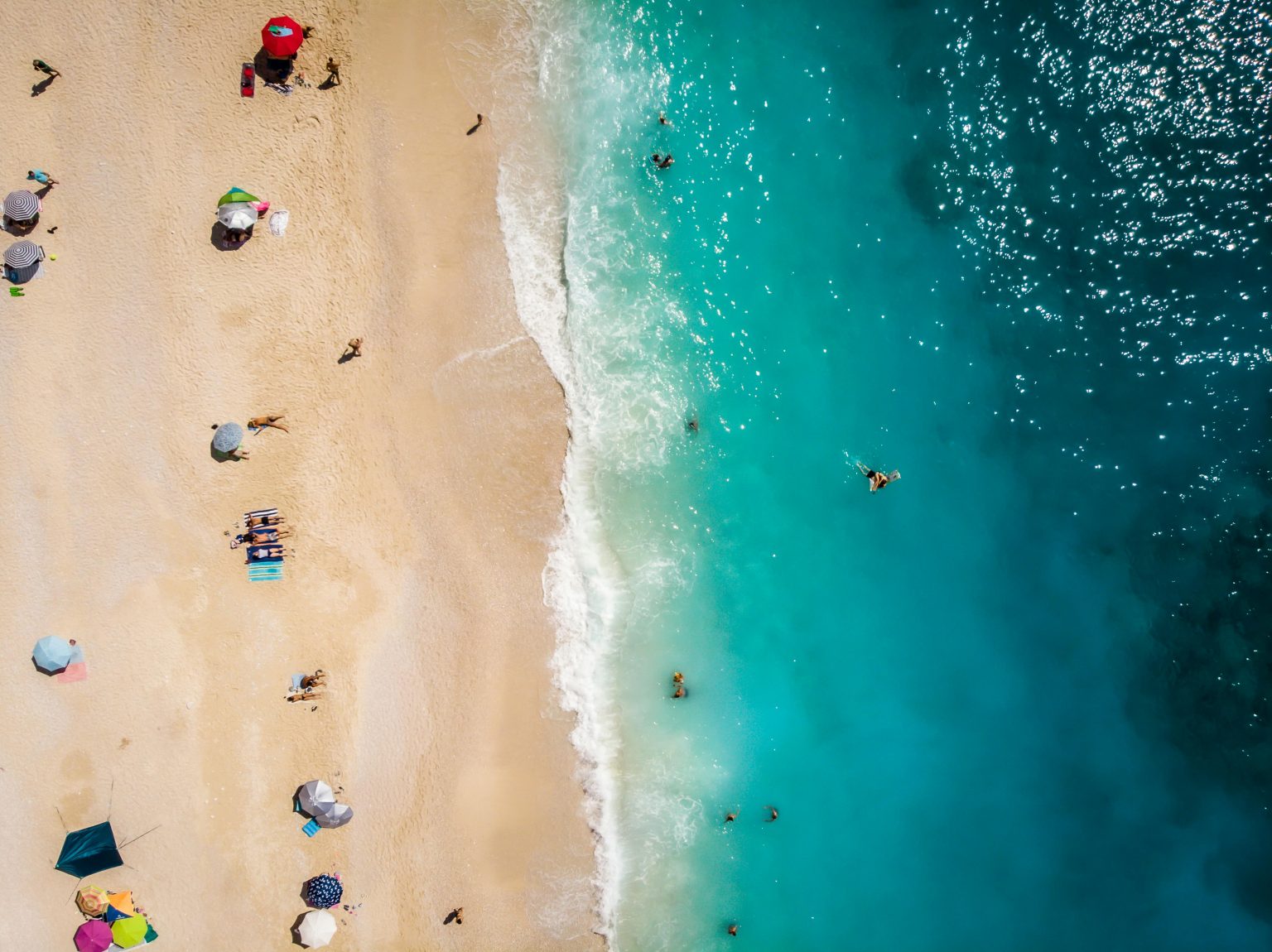Drone surveying provides countless industries with faster, safer, and more cost-effective ways to collect accurate geospatial data.
This piece explores drone surveying, its industry applications, top drones and payloads, and compares data collection methods such as LiDAR and photogrammetry.
What Is Drone Surveying?
Over the past decade, drones have become an integral part of surveying workflows, helping surveyors with tasks such as land surveys, photogrammetry, 3D mapping, and topographic surveying.
Unlike traditional methods, which can take weeks to process, drone data is often ready for evaluation within one to three days, significantly reducing project timelines and providing a cost-effective solution for modern surveying.
Advantages of Drone Surveying over Traditional Methods:
- Cost Savings: Reduces labour and equipment costs compared to traditional methods.
- Time Savings: Speeds up data collection and processing, often completing tasks in a fraction of the time.
- Streamlined Project Management: Provides real-time data for better decision-making and efficient workflows.
- Improved Safety: Minimises risks by reducing the need for personnel in hazardous environments.
Core Workflows: LiDAR and Photogrammetry
LiDAR and photogrammetry are two leading methods for drone surveying, each offering unique benefits and applications.
What is LiDAR?
LiDAR, or light detection and ranging, uses pulses of light to measure distances.
By calculating the time it takes for these pulses to return to the sensor (Time of Flight principle), LiDAR creates precise 3D point clouds representing the terrain, topography, and features of an area.
Applications of LiDAR:
- Forestry and Vegetation Mapping: Penetrates dense vegetation for accurate terrain modelling.
- Infrastructure Surveys: Ideal for mapping complex structures like bridges and power lines.
- Challenging Terrains: Excels in environments with elevation changes or poor lighting.
What is Photogrammetry?
Photogrammetry uses high-resolution images to reconstruct survey areas in 2D or 3D. These georeferenced datasets provide visual and measurable insights into a location’s layout.
Applications of Photogrammetry:
- Construction and Urban Planning: Creates detailed 2D maps and 3D models for site planning and monitoring.
- Agriculture: Produces orthomosaic maps to monitor crops and optimise yields.
- General Surveys: Suitable for large-scale mapping projects with visual requirements.
Which is Best?
The choice between LiDAR and photogrammetry depends on the specific requirements of your project:
- LiDAR: Best for projects needing elevation accuracy, mapping under vegetation, or capturing complex structures.
- Photogrammetry: A cost-effective and accessible option for broader survey needs and projects requiring detailed visual data.
For most general-purpose surveying tasks, photogrammetry is sufficient. However, for specialised applications, LiDAR delivers unparalleled precision and versatility.
Both methods complement one another and, when used together, can provide a comprehensive understanding of a survey area.
Real-World Uses of Drone Survey Data Across Industries
Data collected from drone surveys allows surveyors to create various maps and models, enabling detailed analysis, site visualisation, leading to more informed decision-making.
Orthomosaic Maps: Provides high-resolution, stitched aerial images that can measure distances, calculate areas, and create detailed maps of survey areas.
- Construction: Track progress, manage site layouts, and plan new developments.
- Agriculture: Monitor crop health and irrigation patterns.
- Urban Planning: Develop accurate land-use maps
Digital Elevation Models (DEMs): Offers 3D representations of the ground surface, aiding in terrain analysis, volume calculations, and engineering designs.
- Mining: Calculate stockpile volumes and assess terrain for safety.
- Environmental Management: Monitor erosion or flood-prone areas.
- Engineering: Design infrastructure based on elevation data.
Point Clouds: Represents the precise location and elevation of objects, ideal for building 3D models and conducting spatial analyses.
- Utilities: Inspect power lines and pipelines.
- Forestry: Assess tree density and canopy structure.
- Land Surveying: Create detailed 3D topographies for property mapping.
Contour Maps: Show the shape and elevation of land, making them invaluable for slope analysis, drainage planning, and construction projects.
- Construction: Plan drainage systems and identify slope stability.
- Road Design: Ensure proper grading for transportation projects.
- Agriculture: Optimise irrigation and prevent soil erosion.
3D Models and Animations: Enable stakeholders to visualise sites with interactive flythroughs, track progress, and conduct virtual site tours.
- Architecture: Create virtual walkthroughs of proposed buildings.
- Real Estate: Showcase properties with interactive models.
- Public Safety: Simulate disaster scenarios for planning and training.
Implementing a Drone Surveying Programme
Starting a drone surveying programme is straightforward with heliguy™, a UK-based drone consultancy offering GIS expertise, tailored training, drone purchase and rental options, and DJI-certified repairs.
heliguy™ helps businesses integrate drones seamlessly through consultancy, equipment supply, and lifetime support, ensuring efficient and effective use of surveying technology.
Drone and Payload Solutions
heliguy™ provides a comprehensive selection of cutting-edge drones and payloads designed to meet the diverse needs of surveying professionals.
Top Drones:
- DJI Matrice 350 RTK: An all-weather, IP55-rated drone with multi-payload support, six-directional obstacle sensing, and up to 55 minutes of flight time—ideal for large-scale industrial surveys.
- DJI Matrice 4 Enterprise: Compact, lightweight, and equipped with RTK for centimetre-level accuracy, ideal for precise mapping missions.
Best Payloads:
All compatible with the DJI 350 RTK.
- DJI Zenmuse P1: A photogrammetry payload featuring a full-frame sensor for high-resolution 2D and 3D mapping, offering exceptional accuracy for large-scale surveys.
- DJI Zenmuse L2: A LiDAR sensor delivering precise elevation data and detailed 3D models, ideal for terrain mapping, forestry, and infrastructure monitoring.
- DJI Share UAV 203S Pro: 225MP five-lens oblique camera for 3D and 2D modelling, delivering efficient mapping and instantly recognisable by the aircraft for quick mission setup.
- Share UAV PSDK 102S V3: A 125MP 5-lens oblique camera offering adjustable parameters for varying weather and light, with instant payload recognition for faster mission launches.
Conclusion
Drone surveying is transforming data collection across industries with unparalleled accuracy, efficiency, and safety.
Connect with heliguy™’s GIS specialists today to discover how drone surveying can benefit your operations and elevate your projects.



